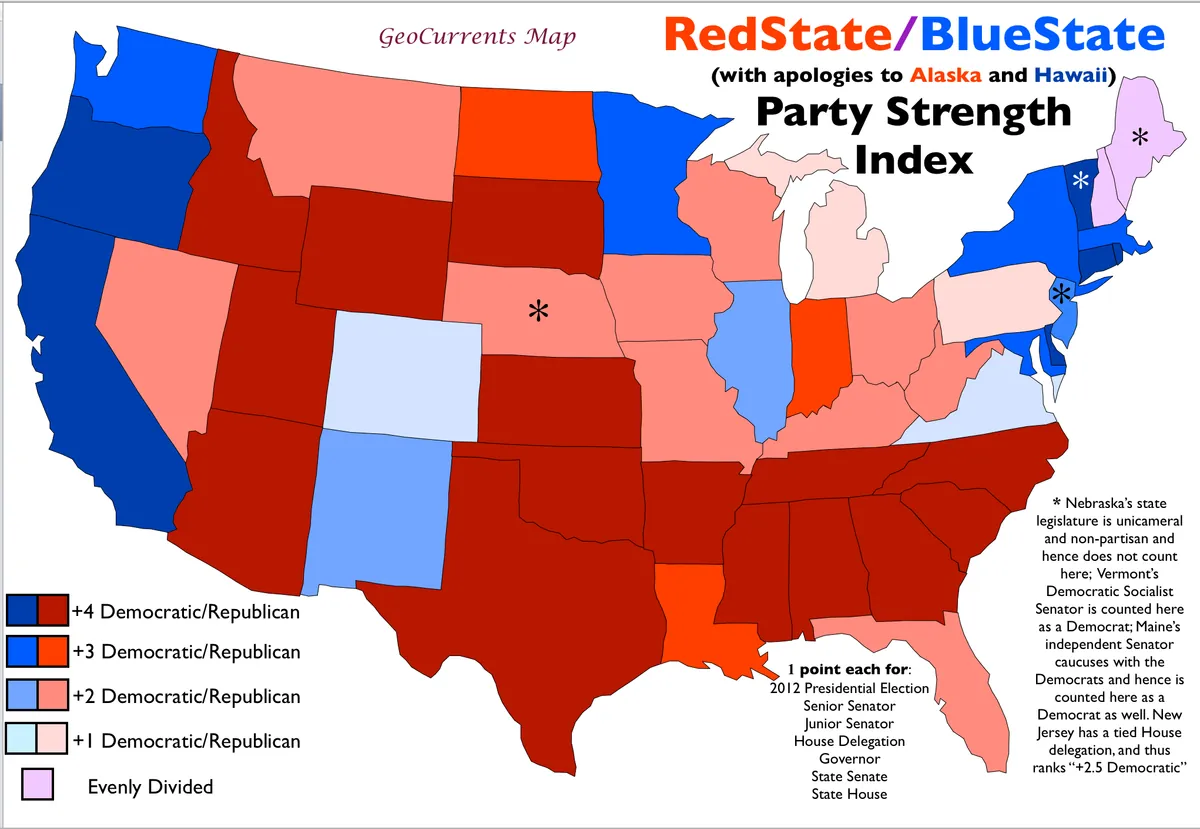The political landscape of the Southwestern United States has undergone a remarkable transformation over the past two decades. Once a bastion of Republican support, the states of Arizona, Colorado, Nevada, and New Mexico have evolved into a crucial Democratic firewall, significantly impacting national electoral prospects.
In 2004, Republicans held six of the eight Senate seats from these states, with all four supporting George W. Bush's reelection. Fast forward to 2024, and the situation has dramatically reversed. Democrats now control all eight Senate seats, and in 2020, Joe Biden secured victories in all four states—a feat not achieved by a Democrat since 1936.
This shift has been particularly significant for the Democratic Party's national strategy. As Simon Rosenberg, a veteran party operative, notes, "It's probably the single-most successful regional or geographic strategy for the Democratic Party in a generation." The Southwest's transformation has helped Democrats offset losses in rural states, providing a critical buffer in their efforts to maintain control of the Senate.
The region's political metamorphosis is rooted in several factors:
Demographic changes: The Southwest has experienced significant population growth and diversification. New Mexico leads the nation with the highest percentage of Hispanic residents, while Arizona and Nevada also rank in the top five.
Strategic outreach: Democrats have made concerted efforts to appeal to the growing Hispanic electorate. This long-term strategy has paid dividends, with figures like Bill Richardson and Ken Salazar paving the way for a new generation of diverse leaders.
Candidate quality: In recent years, the selection of candidates has played a crucial role in election outcomes. Jessica Taylor, Senate editor for the Cook Political Report, points out that "candidate quality has mattered here," particularly in Arizona and Nevada.
Changing voter preferences: The region has seen a shift in political priorities, with issues like climate change, renewable energy, and immigration policy gaining prominence.
The Southwest's political evolution is set against a backdrop of rich history and rapid development. The region, home to parts of the Rocky Mountains and the Sonoran Desert, has a unique blend of Native American, Hispanic, and Anglo cultures. It has been at the forefront of significant developments, from the Manhattan Project in New Mexico to the legalization of recreational marijuana in Colorado.
"Nevada has voted for the Democratic nominee in four straight presidential campaigns. Democrats have won three straight Senate races, including the 2022 reelection of Sen. Catherine Cortez Masto."
Despite the Democratic gains, Republicans have not conceded the region. The GOP has seen some success, particularly in Nevada, where they won the governor's race in 2022. Steve Daines, chair of the National Republican Senatorial Committee, views Arizona as "one of our top pickup opportunities."
The political future of the Southwest remains dynamic. While Democrats have made significant inroads with Hispanic voters, recent trends suggest a potential narrowing of this advantage. However, the overall growth of the Hispanic electorate—now comprising nearly 15% of eligible voters nationwide, up from 7.4% in 2000—may offset any percentage losses for Democrats.
As the 2024 elections approach, the Southwest stands as a critical battleground. The region's transformation from a Republican stronghold to a Democratic firewall exemplifies the evolving nature of American politics, shaped by demographic shifts, strategic campaigning, and changing voter priorities.
